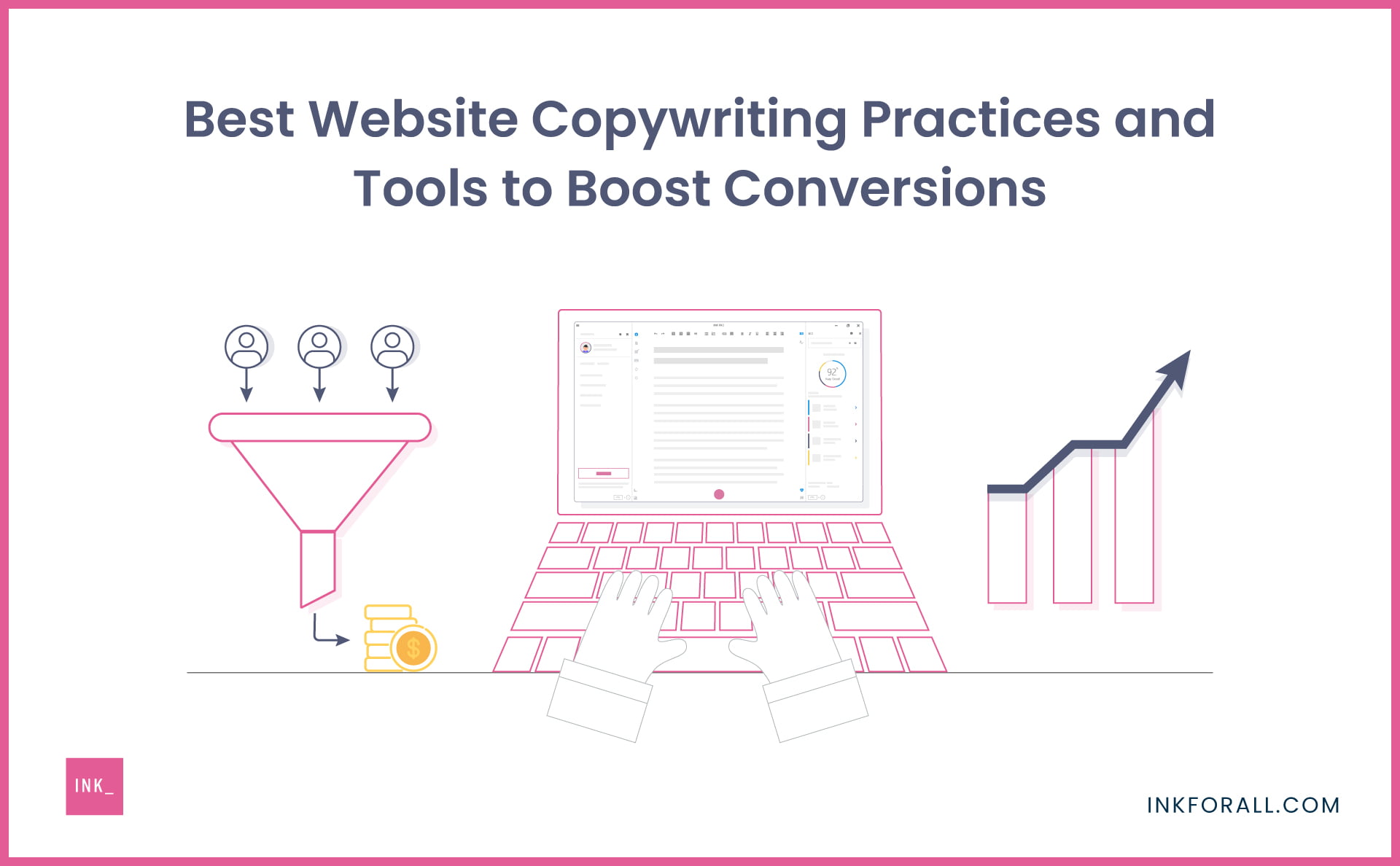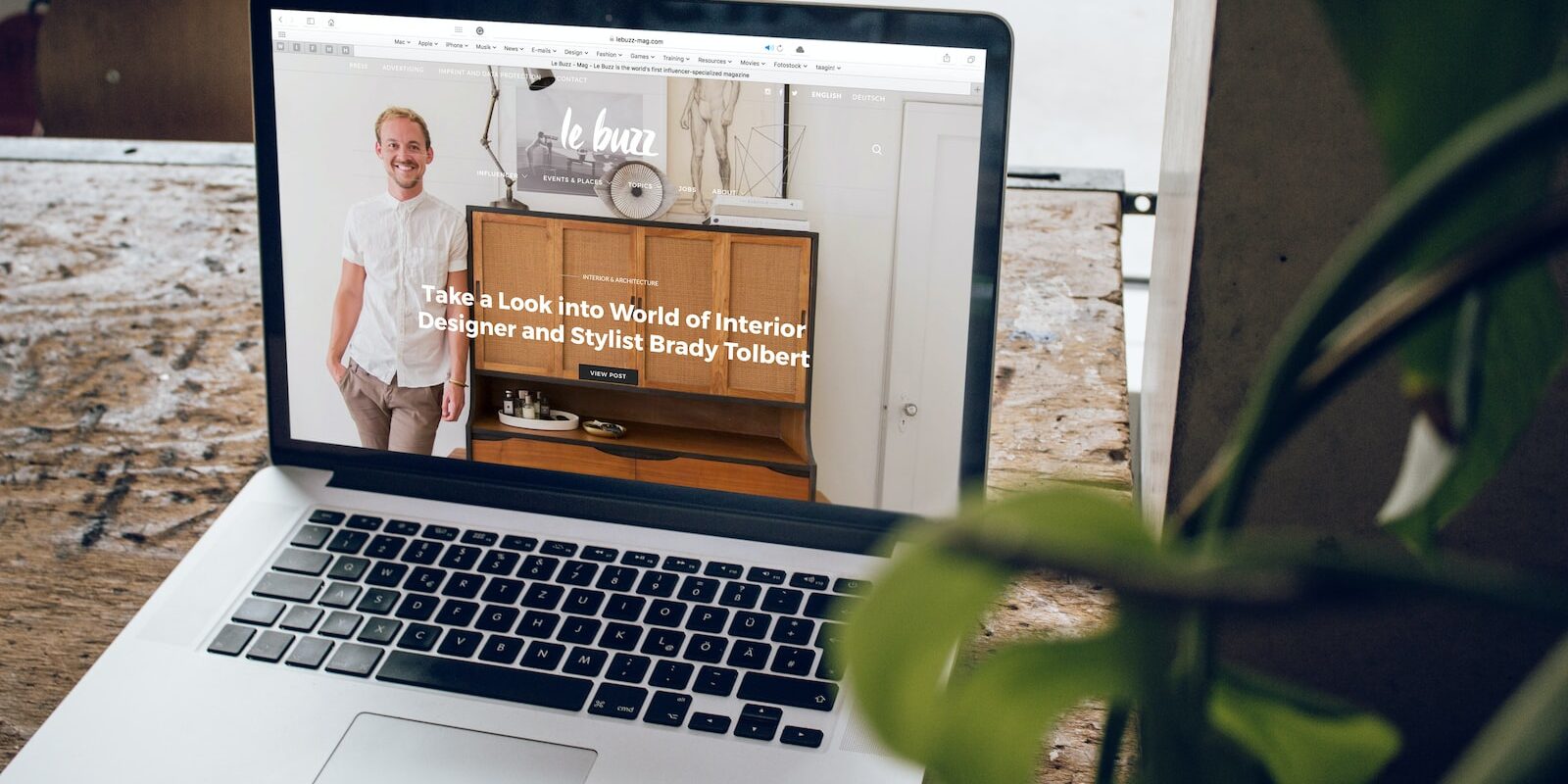Welcome to the captivating world of web design, where pixels come alive and websites take shape. In this fast-paced digital era, every business strives to stand out among the virtual crowd and carve their unique online presence. Whether you’re a thriving entrepreneur or a budding startup, the importance of a visually arresting website design cannot be overstated. So, if you’re yearning to unlock the secrets of crafting the perfect digital storefront that beckons visitors and converts them into loyal customers, you’ve come to the right place. Join us on a transformative journey as we unveil the art and science behind creating the best website design for your business. Prepare to dive deep into the realm of aesthetics, functionality, and user experience – for in this realm, lies the path to virtual triumph.

Understanding User Experience Design for Websites
User Experience Design (UXD) for websites is an art of creating websites that deliver a seamless and delightful browsing experience to users. It involves a deep understanding of user behavior and psychology to anticipate their needs and provide them with intuitive, accessible, and visually pleasing interfaces.
When it comes to designing for user experience, there are several key principles to keep in mind. Firstly, **simplicity** is paramount. Users should be able to navigate the website effortlessly, finding what they need without any confusion. This can be achieved through clear and concise navigation menus, logical information architecture, and minimalistic design elements. Additionally, **consistency** plays a crucial role in UXD. Using consistent colors, fonts, and layouts across the website ensures a cohesive experience and empowers users to easily recognize and understand how to interact with different elements.
Moreover, **responsiveness** is essential in today’s mobile-centric world. Websites must be designed to adapt seamlessly to various screen sizes and devices, ensuring optimal browsing experiences for users. Implementing **visual hierarchy** is another key aspect of UXD. By strategically arranging content elements in order of importance, using size, color, and position, designers can guide users’ attention and make it easier to digest information. Finally, providing **feedback** to users is vital. Websites should offer clear visual cues, such as button hover effects or form validation messages, to indicate to users when an action has been performed or an error has occurred.
Incorporating these principles in the user experience design of websites not only enhances user satisfaction but also encourages them to spend more time on the site and engage with the content or services offered. Ultimately, a well-executed UXD can lead to increased conversions, improved brand perception, and a loyal user base.
Creating an Engaging and Intuitive Website Navigation
One of the key elements in creating a website that users will find engaging and intuitive is designing a seamless navigation system. A well-designed navigation can not only enhance the user experience but also keep visitors on your site longer, increasing the chances of conversions and repeat visits. Here are some tips on how to achieve an engaging and intuitive website navigation:
1. Keep it simple and consistent: When it comes to navigation, simplicity is key. Avoid overwhelming your users with too many options or complex structures. Instead, stick to a streamlined menu that is easy to understand and navigate. Make sure your navigation is consistent across all pages of your website to provide a sense of familiarity and avoid confusion.
2. Prioritize user-friendly labels: The labels you use for your navigation links should be clear and descriptive, enabling users to understand where each link will take them. Avoid using vague or ambiguous terms that might leave users guessing. For example, instead of simply labeling a link as ”Services,” consider adding descriptive subcategories like “Web Design,” “Graphic Design,” and “Content Writing” to provide a clearer picture of what users can expect when they click on those links.
3. Incorporate visual cues: Visual cues can be a great way to make your navigation more intuitive and user-friendly. Consider adding icons or images next to your navigation links to provide visual representation of the content or functionality behind them. For instance, a shopping cart icon can be used to indicate the presence of an online store, or a magnifying glass icon for a search function. These visual cues not only add visual interest to your navigation but also assist users in quickly identifying and accessing the desired sections of your website.
By following these tips and incorporating an engaging and intuitive navigation system into your website, you can ensure that users have a smooth and enjoyable browsing experience. Remember, the easier it is for users to navigate your site, the more likely they are to stay, explore, and ultimately fulfill their goals on your website.

Optimizing Website Load Time and Performance
In the digital age where instant gratification is expected, a slow-loading website can be a major deterrent to attracting and retaining visitors. To ensure an exceptional user experience, it is essential to optimize your website’s load time and performance. Here are some practical tips to enhance your website’s speed and functionality:
1. Compress and Minify: Reduce the size of your files by compressing images, scripts, and CSS. This will significantly decrease the loading time and improve overall performance.
2. Leverage Caching: Implement browser caching to store frequently accessed files locally. By caching static resources such as images and CSS, you can reduce the round trips to the server, enhancing speed and responsiveness.
3. Reduce HTTP Requests: Each file requested adds to the load time. Minimize the number of HTTP requests by combining multiple CSS and JavaScript files into single files. This will decrease the time spent fetching resources, resulting in a faster website.
4. Optimize Database: Regularly optimize and maintain your database to reduce the server’s load and boost website performance. Remove unnecessary data, optimize queries, and use indexing effectively.
5. Content Delivery Network (CDN): Consider using a CDN to distribute your website’s content across multiple servers worldwide. By serving content from the server nearest to the user, you ensure faster loading times regardless of the visitor’s location.
6. Mobile Optimization: With the increasing number of mobile users, optimizing your website for mobile devices is crucial. Ensure responsive design, reduce unnecessary elements, and prioritize mobile-specific features to provide a seamless experience on smartphones and tablets.
By implementing these optimization techniques, you can supercharge your website’s load time and performance, resulting in happier visitors and increased conversions. Remember, a swift and efficient website not only improves user satisfaction, but it also plays a vital role in search engine rankings. Stay ahead of the competition by prioritizing speed and delivering an exceptional browsing experience.

Choosing the Right Color Scheme and Typography for Your Website Design
Color scheme and typography are two crucial elements that can make or break your website design. A harmonious blend of colors and an appropriate choice of typography can significantly enhance the overall appeal and user experience of your website. Here are some key tips to help you make the right decisions:
1. Color Scheme:
– **Contrast is key:** Opt for colors that contrast with each other to ensure readability and visual appeal. A dark background with light text or vice versa can add a touch of elegance.
– **Brand consistency:** Infuse your brand colors into your website design to maintain consistency and reinforce your brand identity.
– **Psychological impact:** Understand the psychological impact of colors and select those that align with the nature of your website. For example, blue evokes trust and professionalism, while yellow signifies energy and optimism.
– **Limited color palette:** Stick to a limited color palette to avoid overwhelming the visual senses of your visitors. Select a primary color and complement it with a few secondary colors for a balanced look.
2. Typography:
– **Font hierarchy:** Create a font hierarchy by using different font sizes, weights, and styles to guide users through your content effortlessly. Use larger fonts for headings and titles to grab attention, and smaller fonts for body text to maintain readability.
– **Readability is key:** Choose fonts that are easy to read, especially for longer blocks of text. Opt for a font with a good x-height and generous letter spacing to enhance legibility.
- **Consistency:** Use a consistent set of fonts throughout your website to maintain a cohesive visual identity. Combining no more than two or three fonts can help create a clean and professional appearance.
– **Responsive typography:** Ensure your chosen fonts are responsive and adapt well across different devices and screen sizes. Make sure they retain their readability and appeal, regardless of the platform.
By carefully considering the color scheme and typography for your website design, you can captivate your audience and leave a lasting impression. Remember, a visually appealing and well-organized website often leads to a positive user experience, increased engagement, and greater business success.

Effective Use of Visual Elements in Website Design
Visual elements play a crucial role in captivating website design, acting as powerful tools to engage and captivate visitors. When used effectively, these components bring a website to life, leaving a lasting impression on users. One way to make the most of visual elements is by using eye-catching images. Incorporating high-quality and relevant photographs creates a visually appealing website that draws users in. Whether it’s showcasing products, telling a story, or simply adding a touch of personality, images can communicate messages in a compelling and memorable way. To further enhance the visual experience, consider using custom illustrations or graphics that align with the overall brand aesthetic, adding a unique touch that sets a website apart.
In addition to images, typography is another essential visual element that should not be overlooked. Selecting appropriate fonts, font sizes, and font pairings can greatly impact the readability and overall aesthetic of a website. Bold headings, clear subheadings, and legible body text ensure that users can easily navigate and digest the content. Moreover, typography can also be used creatively to complement the website’s design and convey a specific mood or style.
Furthermore, the effective use of colors is vital for creating an engaging and harmonious website. Colors can evoke emotions, create contrast, and guide users through a website. By utilizing a well-thought-out color palette, designers can achieve a visually cohesive and pleasing experience. When choosing colors, consider the psychology behind each hue and how it aligns with the website’s purpose. A balanced combination of complementary and contrasting colors can enhance the overall visual appeal and make key elements stand out. Whether it’s a vibrant call-to-action button or a soothing background, color schemes can shape the user’s perception and leave a lasting impression.
In Conclusion
In the vast digital landscape, where every pixel counts and every click matters, crafting an extraordinary website design has become paramount for businesses to make their mark. It is the gateway through which customers traverse, exploring offerings and experiencing brands before deciding to embark on an enriching journey. By now, armed with an arsenal of insights on creating the best website design for your business, you are ready to step into the realm of boundless possibilities.
Remember, it is not merely about organizing captivating visuals and embedding seamless functionalities. It is about weaving stories that resonate, captivating minds with a symphony of colors, typography, and user-friendly navigation. It is an exquisite dance between form and function, capturing attention while stirring genuine emotion.
So, embark on this exhilarating voyage armed with the power to captivate and connect, to enthral and inspire. As you embark, remember that the best website designs are never static; they are the living, breathing reflections of your brand evolution. Continuously nourish them with curiosity, innovation, and a touch of audacity. Embrace experimentation, seek inspiration from your audience, and let your website design evolve with your business.
Our digital world is ever-evolving, and as your business navigates the ebb and flow of technological advancements, remember that excellence is found in adaptation. Seize opportunities to evolve your digital storefront, staying ahead of the curve, and offering your visitors the sublime experience they deserve.
Embrace the power of simplicity, for it is in elegant minimalism that clarity emerges. Be bold, yet concise in conveying your brand’s message, for it is within brevity that impact truly reverberates. And always let the soul of your business shine, for authenticity and a human touch are the foundations upon which trust is built.
Lastly, go forth with confidence, your website design vision firmly in hand. Armed with creativity and armed with purpose, you possess the tools to craft an online sanctuary that will truly resonate with your audience. So embrace the challenge and embrace the possibilities, as you embark on a compelling journey towards creating an unparalleled digital experience for your business.
Creating a website for a business can seem overwhelming, but it doesn’t have to be. With the right guidance and careful consideration, you can create a website design that will effectively communicate your brand and fully engage your customers. Here are a few best practices to help get you started on the path to a successful website design.
Understand Your Goals
Before you begin designing your website, it’s important to understand the purpose of the website and the goals you want to achieve. This will help you determine the right design elements, content, and features for your website. Consider the type of action you want visitors to take and what kind of journey you would like them to experience when visiting your site.
Develop Your Brand
Your website should accurately reflect the brand identity of your business. Develop your brand identity by establishing your core values, visual elements, messaging, and brand voice. This will ensure that all of your materials, including your website, are consistent and recognizable to your customers.
Create a User-Friendly Design
Make sure to create a user-friendly design by considering the user experience. Your website design should be easy to navigate and provide quick access to the information visitors are looking for. Additionally, ensure that the website is optimized to work with different devices and compatible with various browsers.
Incorporate Visual Elements
Content isn’t the only factor you should consider when designing a website for your business. Using visuals such as images, videos, and infographics help to capture the attention of visitors. Visuals also provide an opportunity to showcase your brand by allowing you to be creative and communicate your story in a new and engaging way.
Utilize SEO Best Practices
Search engine optimization (SEO) best practices should also be part of your website design plan. By incorporating SEO into your website design, you’ll improve your rankings in the search engine results page, making it easier for people to find your business’ website.
Test and Adjust
Once you have created your website, it’s important to test and adjust as needed. Monitor how people are engaging with your website and track advanced metrics, like bounce rates, to determine whether or not the website is meeting the goals you set out to achieve.
Creating a website for your business doesn’t have to be an intimidating experience. By taking the time to understand your goals, hone in on your brand, create a user-friendly design, and incorporate visual elements, you can create a website design that effectively communicates who you are and connects you with your target audience.






Great post! #websiteDesign
Nice article – great idea to optimize your business! #Improvement
Yes, absolutely! A responsive and mobile-first approach is essential to creating an enjoyable user experience. It ensures that your website looks great and functions properly on any device, regardless of screen size. Additionally, having a consistent experience across all devices is key for SEO. By making sure that the content, visuals, and other elements of your website are consistently optimized across all platforms, you are setting yourself up for success in search engine rankings.